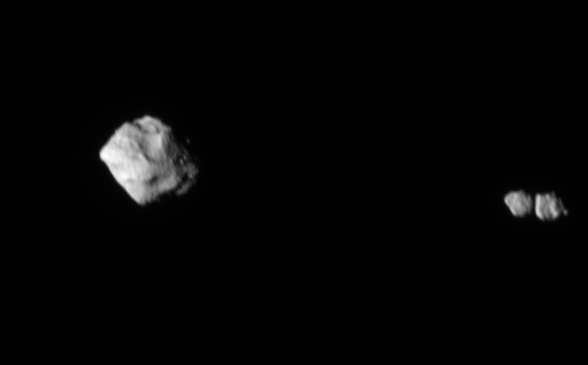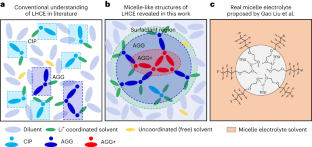2023-11-08 テキサス大学オースチン校(UT Austin)
◆テキサス大学オースティン校の応用研究所とNASAのゴダード宇宙飛行センターの研究者たちは、GPSアンテナとレシーバーと大型の電波望遠鏡の間に電波干渉計を形成した。この新しい技術は、遠くの天体から放射された電波の到着時間の差を測定する装置である電波干渉計を利用している。
◆研究チームは、超巨大ブラックホールによって生成された放射線や粒子の強力なジェットを観測するために、電波望遠鏡の感度を利用するVery Long Baseline Interferometryという手法を使用した。この追加の感度により、GPSレシーバーの到達範囲を5十億光年まで拡張することができた。
◆この発見により、地震の多い地域での土地の小さな動きの追跡から、海面変化の理解まで、様々な重要な科学的測定が改善される。
<関連情報>
- https://news.utexas.edu/2023/11/08/new-technique-could-improve-gps/
- https://agupubs.onlinelibrary.wiley.com/doi/10.1029/2023RS007734
電波望遠鏡干渉計にGNSSアンテナを取り付け、初の観測を実施 First Observations With a GNSS Antenna to Radio Telescope Interferometer
J. Skeens, J. York, L. Petrov, D. Munton, K. Herrity, R. Ji-Cathriner, S. Bettadpur, T. Gaussiran
Radio Science
Radio Science Published: 14 August 2023
DOI:https://doi.org/10.1029/2023RS007734

Abstract
We describe the design of a radio interferometer composed of a Global Navigation Satellite Systems (GNSS) antenna and a Very Long Baseline Interferometry radio telescope. Our eventual goal is to use this interferometer for geodetic applications including local tie measurements. The GNSS element of the interferometer uses a unique software-defined receiving system and modified commercial geodetic-quality GNSS antenna. We ran three observing sessions in 2022 between a 25 m radio telescope in Fort Davis, Texas (FD-VLBA), a transportable GNSS antenna placed within 100 m, and a GNSS antenna placed at a distance of about 9 km. We have detected a strong interferometric response with a Signal-to-Noise Ratio (SNR) of over 1,000 from Global Positioning System and Galileo satellites. We also observed natural radio sources including Galactic supernova remnants and Active Galactic Nuclei located as far as one gigaparsec, thus extending the range of sources that can be referenced to a GNSS antenna by 18 orders of magnitude. These detections represent the first observations made with a GNSS antenna to radio telescope interferometer. We have developed a novel technique based on a Precise Point Positioning solution of the recorded GNSS signal that allows us to extend integration time at 1.5 GHz to at least 20 min without any noticeable SNR degradation when a rubidium frequency standard is used.
Key Points
- We developed technology to use a modified commercial Global Navigation Satellite Systems antenna as an element of a radio interferometer
- We observed a strong interferometric response for Global Positioning System and Galileo satellites as well as celestial radio sources
- We developed a technique that uses a clock solution to extend the coherent accumulation time with a rubidium clock to over 20 min
Plain Language Summary
We have developed a unique version of a device called a radio interferometer. This device usually uses two large radio telescopes to record data about the Earth or astronomical sources. Our device uses a Global Navigation Satellite Systems (GNSS) antenna and a Very Long Baseline Interferometry radio telescope instead of two radio telescopes. We hope to use it to link the two measurement systems. We tested it by using it to record signals from satellites and other astronomical objects. We found that it worked well and could detect signals from much further away than a GNSS antenna can detect alone. We also developed a new technique that allows us to continuously integrate signals for longer periods with a less precise clock without losing signal strength. This is the first time anyone has used a GNSS antenna with a radio telescope in this way.



